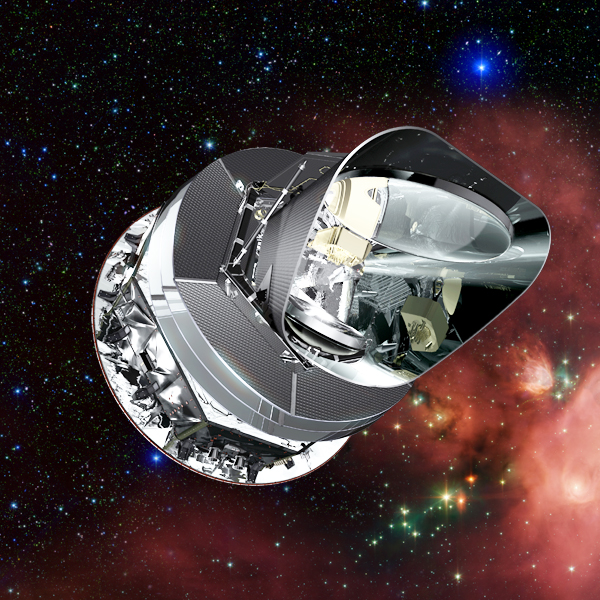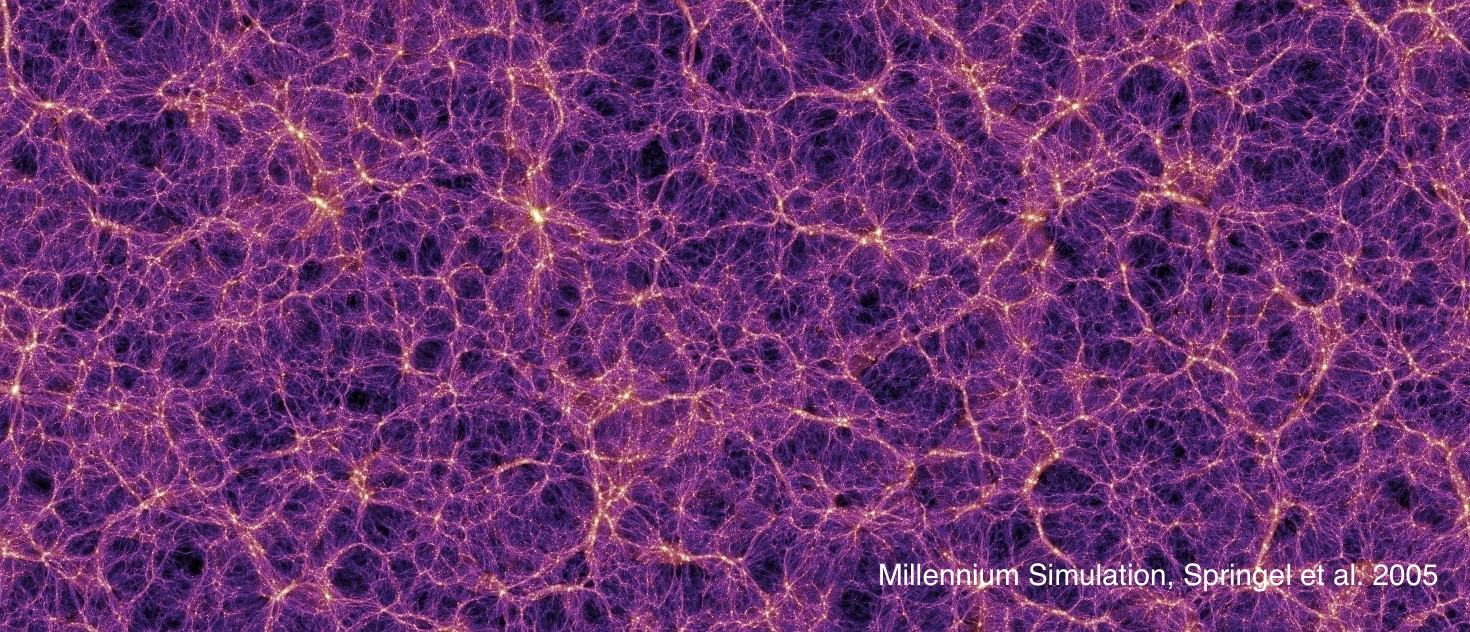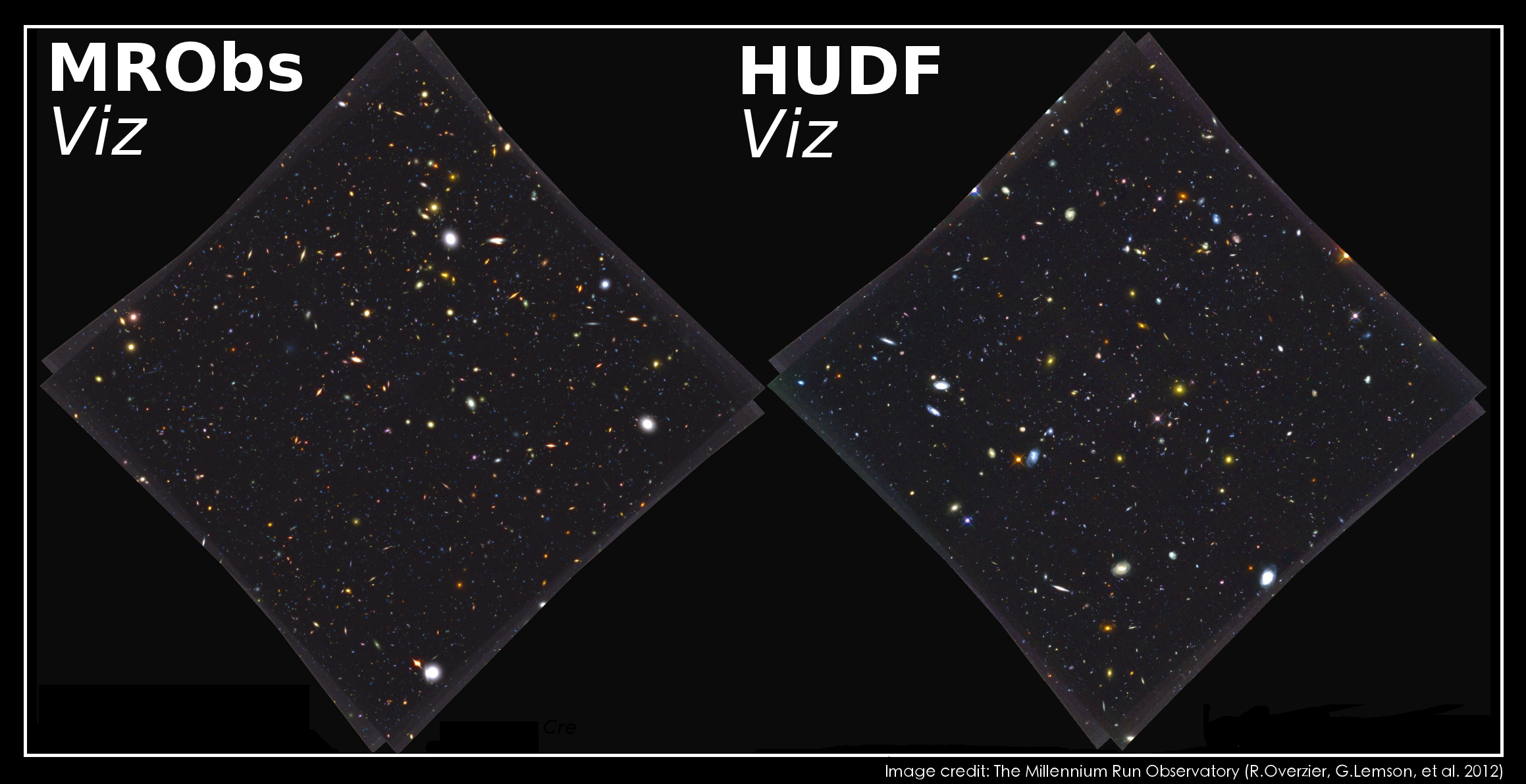In recent decades, unprecedented technological
developments in astrophysics have significantly transformed our
understanding of how galaxies form and evolve.
These allowed mankind to build new instruments capable
of observing light emitted all the away from nearby galaxies to
shortly after the Big Bang. Simultaneously, we have built computers
large enough to simulate the entire evolution of the Universe in a matter
of days or even hours.
These two apsect reveal some fundamentals of studying the cosmos.
Unlike other fields of science Astronomy
lacks the ability to perform experiments in a lab. Most of the
temperatures and pressures involved in astrophysical processes are
much higher than we will hever be able to achieve on earth. This means that
it is hard to test theoretical models against observations. And this
is exactly why computer simulations are so important, they are the
lab in astrophyiscis and provide us a crucial tool to investigate
theories, build theoretical universes and see how they compare to
reality.
Despite lacking the ability to recreate the physical processes the
govern astrophysics on earth, the study of astrophysics, particular
of the evolution of the Universe offers us a great advantage: the
opoortunity to observe the past.
The Observable Universe. These allowed mankind to build new instruments capable of observing light emitted millions of light years away covering the entire spectra of light: from gamma and x-rays to microwaves.
 |
 |
 |
Simulations.
Semi-analytic models of galaxy formation are built on a description of the redshift evolution of the mass and number density of dark matter halos in terms of their merger history (the so-called merger trees). The evolution of the baryonic component hosted by these halos is then followed by means of a set of parametrised, physically based equations, to describe the physical processes that affect galaxy formation and evolution. The Munich galaxy formation model includes physical prescriptions for processes such as gas cooling, star formation, supernova feedback, formation and growth of black holes, AGN feedback and galaxy interactions and mergers that have been gradually developed over the years. A few simple slides describing the main components of the model can be found in LGalaxies_slides.pdf .
A snapshot of the dark matter only simulation:

On the left, simulated galaxies seen through a lightcone, on the right, real data from HST:
